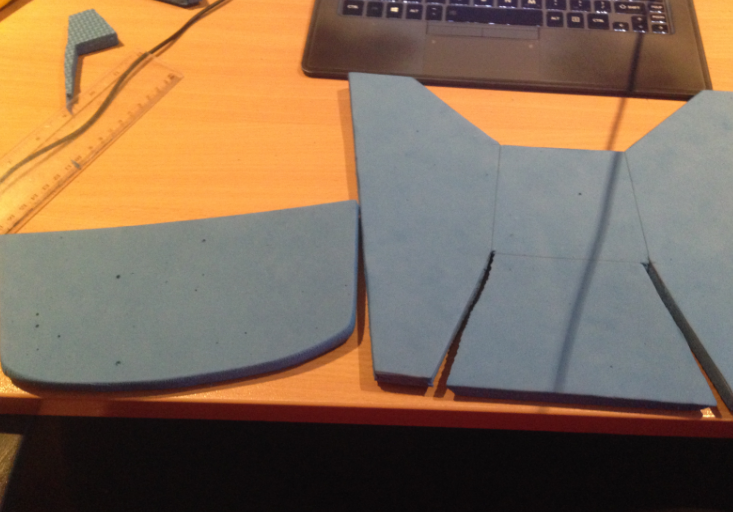EVA foam, known for its flexibility, softness, and shock-absorbing properties, is a widely-used material in various industries. From sports equipment to the construction of eva cases, EVA foam has numerous applications. But with advancing technology and innovative materials, other options might be considered superior to EVA foam in certain contexts.
Understanding EVA Foam
Ethylene-Vinyl Acetate, or EVA foam, is a blend of ethylene and vinyl acetate, forming a closed-cell foam material. It is popular for its versatility and is often used in shoe soles, children's playmats, and eva cases for protecting fragile items.
Alternative Materials to EVA Foam
When it comes to evaluating materials that might be considered better than EVA foam, the specific application and required characteristics play a key role. Here are some alternatives:
- Polyurethane (PU) Foam: PU foam offers greater durability and resistance to abrasion. For some eva cases, where more robust protection is necessary, PU foam might be the preferable choice. It provides similar cushioning but often lasts longer under harsh conditions.
- Silicone Foam: Known for its exceptional heat resistance and weathering capabilities, silicone foam serves well in applications that require exposure to high temperatures or outdoor elements. Unlike EVA foam, silicone can withstand extreme weather conditions without losing its integrity.

- Memory Foam: In contexts where comfort and contouring to a specific shape are essential, memory foam outperforms EVA. In cushioning applications or specialized eva cases for delicate instruments, memory foam provides a tailored fit.
- Rubber Foam: For applications that demand high elasticity and bounce, rubber foam might be a superior choice. Rubber provides greater resilience and often finds its place in the automotive and industrial sectors.
Choosing the Right Material for Eva Cases
The selection of the right material for eva cases or any other application depends on a comprehensive understanding of the specific needs and requirements. EVA foam offers an excellent balance of softness, flexibility, and cost-effectiveness, but the alternatives mentioned may provide benefits in specialized situations.
Conclusion
EVA foam's popularity does not go unquestioned, but the exploration of alternatives like PU foam, silicone foam, memory foam, and rubber foam allows for tailored solutions that might perform better in particular applications.bonito-packaging. The eva case industry, as well as other sectors, can benefit from understanding these materials to optimize performance, durability, and functionality. Whether the focus is on eva cases or another application, knowing the alternatives to EVA foam contributes to making informed and effective choices.